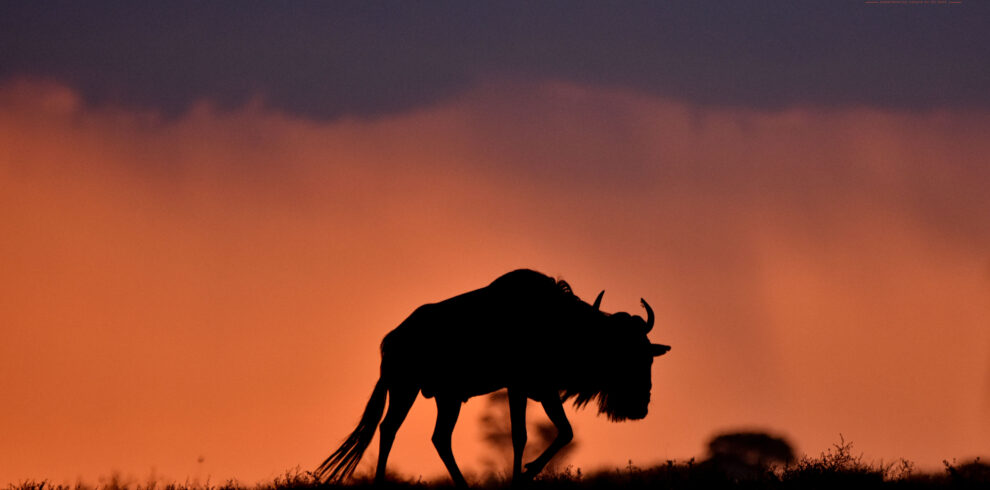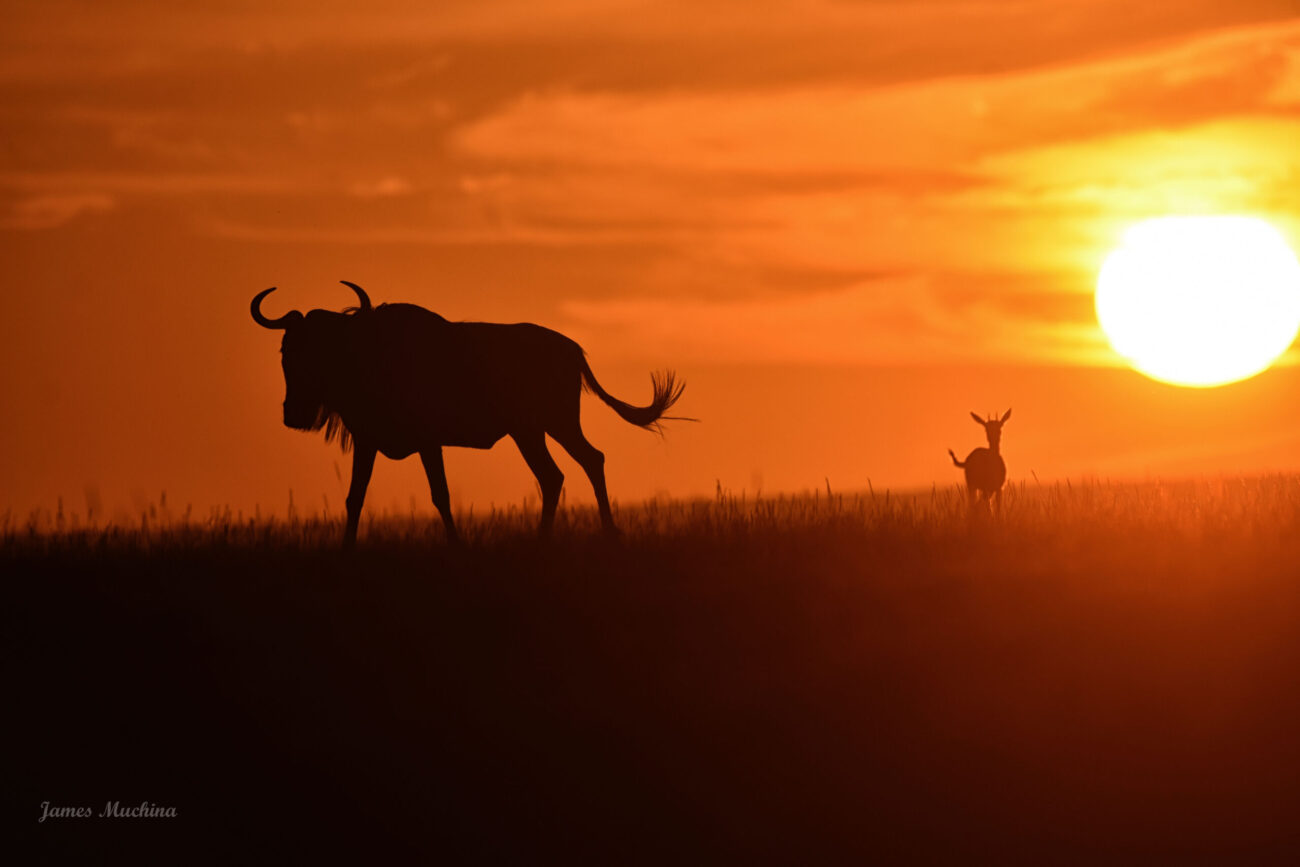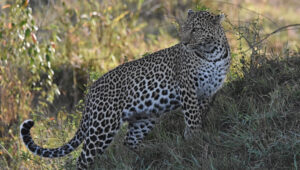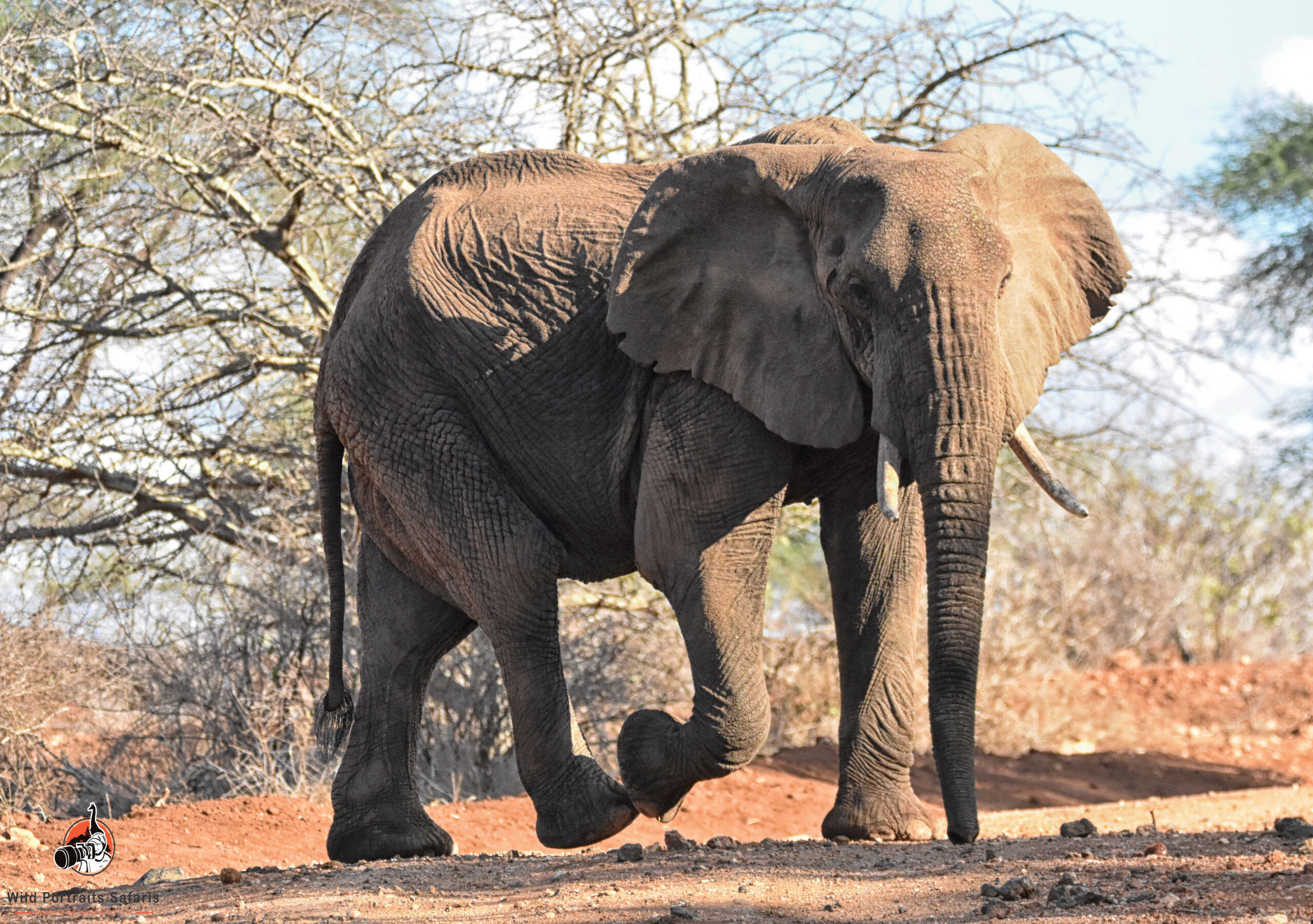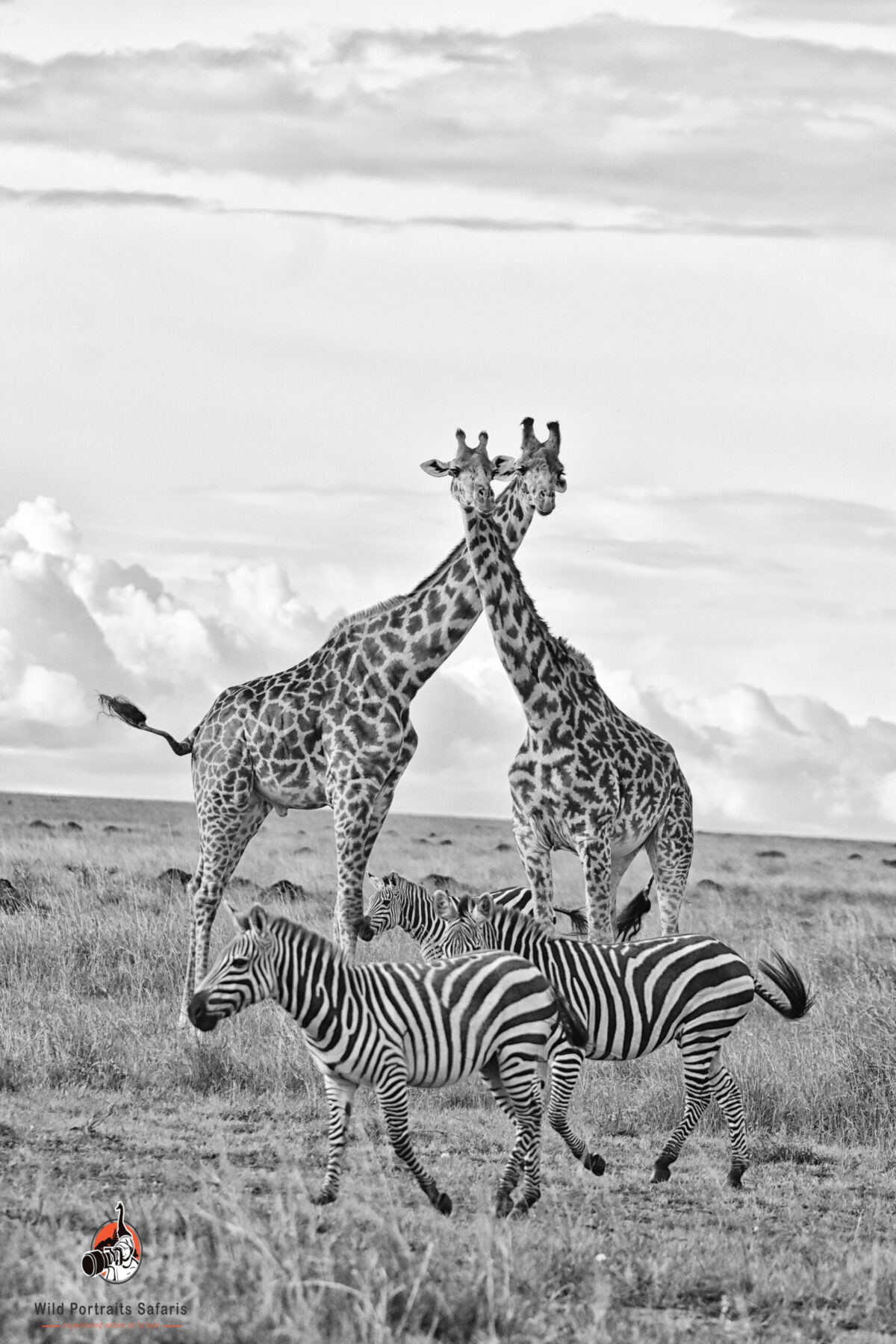7 Days Wildebeest Migration in Tanzania Safari
The 7 Days Wildebeest Migration in Tanzania Safari explores both the Ngorongoro crater and the home of the great wildebeest migration, Africa big cats and endless plains the Serengeti National reserve. The great wildebeest migration is the greatest natural show in Africa and is a natural wonder of the world.
On the 7 Days Wildebeest Migration in Tanzania Safari our tour expert will advise on the best lodges and camps to book depending on the location of the wildebeest in the Serengeti ecosystem.
“Ngorongoro Crater: A Mesmerizing Tapestry Unveiling Africa’s Timeless Wonders”
Ngorongoro, a true marvel of Africa, stands as an ancient caldera adorned by steep, forested walls painted in deep green hues. This captivating landscape, viewed from above, unfolds as a dynamic masterpiece, ever-changing with the dance of light, clouds, and shifting perspectives from one vantage point to the next. While the aerial vistas are breathtaking, the true enchantment of Ngorongoro reveals itself when you descend onto the crater floor, immersing yourself in a realm where nature’s wonders converge.
During the 7 Days Wildebeest Migration in Tanzania Safari explore the crater floor, where a mesmerizing world unveils itself, hosting an unparalleled concentration of wildlife that marks Ngorongoro as a unique gem in Africa. This extraordinary ecosystem embraces lions and hyenas , creating a captivating spectacle for those fortunate enough to embark on this immersive journey.

Picture the first descent into this lost world during the soft embrace of morning light. The experience carries an ethereal quality, akin to witnessing the dawn of Earth itself. The hues and shades of Ngorongoro’s captivating vistas transform with the gentle touch of sunlight, creating a symphony of colors that seem to breathe life into the ancient caldera. As you traverse the crater floor during the 7 Days Wildebeest Migration in Tanzania Safari, every glance offers a different perspective, an ever-evolving panorama that captures the essence of this timeless wonder.
In the crater you will explore Lake Magadi with its flamingoes and other water birds, zebras and it is also one of the best places to see the black rhino in Tanzania. Ngorongoro crater safari is a must do during the 7 Days Wildebeest Migration in Tanzania Safari.
The wildebeest migration in Serengeti National Reserve
This massive circular the great wildebeest migration Serengeti involves not only gnus but zebras, and other antelopes, predominantly occurring in Tanzania, with a portion extending into Kenya. The spectacle, occurring from late June to mid-November, sees the migration crossing the Mara River into Kenya’s Maasai Mara Nature Reserve. On the 7 Days Wildebeest Migration in Tanzania Safari we will be at hand to tailor make an ideal accomodation recommendation in order to have the best wildebeest migration safari.
Every year, over a million wildebeest and zebras embark on an epic loop through the Serengeti and Masai Mara, following the rains and the lush grasslands. The sheer numbers are a breathtaking sight, resembling a sea of animals stretching as far as the eye can see. Driving among the herds for hours is not uncommon, especially in more open areas.
.
This massive circular the great wildebeest migration Serengeti involves not only gnus but zebras, and other antelopes, predominantly occurring in Tanzania, with a portion extending into Kenya. The spectacle, occurring from late June to mid-November, sees the migration crossing the Mara River into Kenya’s Maasai Mara Nature Reserve.
Every year, over a million wildebeest and zebras embark on an epic loop through the Serengeti and Masai Mara, following the rains and the lush grasslands. The sheer numbers are a breathtaking sight, resembling a sea of animals stretching as far as the eye can see. Driving among the herds on the 7 Days Wildebeest Migration in Tanzania Safari for hours is not uncommon, especially in more open areas.
Where to see the great wildebeest migration
7 Days Wildebeest Migration in Tanzania Safari
As January to March season unfolds, the expansive southern and southwestern regions of the Serengeti, coupled with the western side of the Ngorongoro Conservation Area, witness the wildebeest and zebra populations widely dispersed. This period coincides with a remarkable phenomenon – the mass calving of wildebeest. Hundreds of thousands of newborns take their first precarious steps within afew minutes of their birth, closely following their mothers. About 8000 calves are born daily. Witness this on a 7 days Serengeti migration safari.
Yet another intriguing aspect of Wildebeests is observed during the calving season, where a substantial majority of females deliver their offspring before noon. This strategic timing affords the newborns ample daylight hours to master the art of walking and establish crucial bonds with their mothers. This schedule is particularly advantageous as it allows the vulnerable young ones to navigate their initial steps in the safety of daylight before the heightened activity of most predators, which typically occurs in the late afternoon and evening. During the 7 Days Wildebeest Migration in Tanzania Safari we will base the Safari in Ndutu region for you get the epic natural show of the greatest calving in Africa.
The March April Season
As the calendar progresses into March and April, the herds remain stationed in the southern reaches during the rainy season. It is during this timeframe that the wildebeest and zebras amass into formidable, thousand-strong herds, initiating their northwest migration in search of nourishment.
Crossing the Gurumeti River
With the onset of May, the migration narrative shifts as herds traverse northwest towards the Western Corridor. The crossing of the Grumeti River unfolds between late May and early July, marking a pivotal juncture in their journey, a spectacle lasting approximately a week. This is worth planning for on a 7 Days Wildebeest Migration in Tanzania Safari around this time to catch the feeding frenzy of gigantic nile crocodiles as the wildebeest cross the Gurumeti river.
The Intricate Dance of Wildebeest Mating: A Symphony Connected to Nature’s Rhythms”
Embarking on the 7 Days Wildebeest Migration in Tanzania Safari into the wild world of gnu (wildebeest) mating reveals a fascinating dance intricately connected to the celestial rhythms of the full moon. Known as the rut, the beginning of the mating season unfolds, unveiling a complex interplay of behaviors that shape the future generations of these remarkable creatures.
Territorial males, vigilant and ever-ready for mating, play a crucial role in the mating season dynamics. Within the larger herds, breeding clusters of approximately 150 wildebeests emerge. Amidst these gatherings, five or six dominant bulls take charge, creating and fiercely guarding territories for the ambling cows. A choreography of bucking and cantering unfolds as these bulls make a dramatic display, marking their territories through a ritual of urination, defecation, and the strategic spreading of secretions from interdigital and preorbital glands. This potent mixture is dispersed when the bulls paw at the ground and rub it with their heads, creating a unique olfactory signature for their territories.
Encounters between wildebeests during this time are marked by a distinctive rocking canter, signalling acknowledgment between individuals. When greeting a cow, a bull may attempt to mount or herd her. If the cow is receptive, mating occurs at a rapid pace, with bulls mating about two times per minute. For a mobile cow herd, encounters with several dozen bulls a day are not uncommon, and a receptive cow will constantly have a vigilant bull by her side.
As the mating season unfolds, the wildebeest community becomes a hive of activity, with heightened levels of herding, fighting, and frequent vocalisations. Aroused bulls, driven by the thrill of excitement, strive to herd as many cows as possible. Their dedication is such that they forsake sleep and food if a female is in close proximity.
Female wildebeests typically attain sexual maturity at 16 months, although mating often doesn’t commence until around 28 months. The females exhibit high fertility, conceiving at a remarkable rate. This heightened fertility is strategically aligned with the end of the rainy season, ensuring a favorable climate for the offspring’s development. The gestation period spans 8 to 8.5 months, and uniquely, wildebeests calve within a concentrated timeframe, occurring during the month preceding or at the onset of the peak rainy season.
The intricate ballet of wildebeest mating is not merely a biological imperative but a symphony choreographed by nature, where celestial cues, territorial prowess, and the untamed spirit of the wild converge to shape the survival and continuity of this extraordinary species. Experience this magnificent world wonder, guided by professional safari guides on the 7 Days Wildebeest Migration in Tanzania Safari.
Itinerary
After breakfast you will depart for the Ngorongoro crater, you will make a stop at the Olduvai gorge rightly touted as the cradle of mankind after ancient or early man discoveries like the "nut cracker man", We arrive at the crater in time for lunch. Later we explore the floor of this magnificent Crater in search of the endangered black rhino, lions the flamingoes hippos and the gazelles. Dinner and overnight after the game drives will be at the lodge/camp
After Breakfast you will leave for the Serengeti National park. We arrive at the camp in time for lunch. In the evening we head out for our evening game drive
We have an early morning breakfast, and explore the endless plains driving through various habitats like the rivers, the savannah and the kopjes which are really are weathered granite out crops and are scattered around the plains giving you the lion king feel. We will explore the Lobo area as well, this is a migratory route for the wildebeest herds. We will have picnic lunch at the resource and information centre. We later in the evening return to the camp/lodge for dinner and overnight.
We leave camp After Breakfast and Explore more of the Lobo and Grumeti river area where we get lions elephants zebras and in June this is where we have an action packed river crossing and the rutting season.
We leave camp early in the morning after having a sumptous breakfast, and head to Northern Serengeti, enroute we are likely to encounter more big cats like the lions cheetah leopards, giraffes, elephants and gazelles. We will arrive at the camp in time for lunch.
Later we explore more of the of the wagakuria area where our camp/ lodge will be located.
With the option of having a picnic breakfast out in the wild we head out to explore this beautiful area where in August to October depending on the seasons rain patterns you are likely to encounter the herds at the Mara river North. Other wildlife are resident here and you are always sure to get good sightings with the enchanting landscapes, dotted with kopjes, scattered acacia trees and open plains.
After breakfast, we have a game drive as we head to the airstrip where we board in the mid morning and fly to Arusha. On arrival you will be transferred for lunch and this will be the end of a memorable safari

